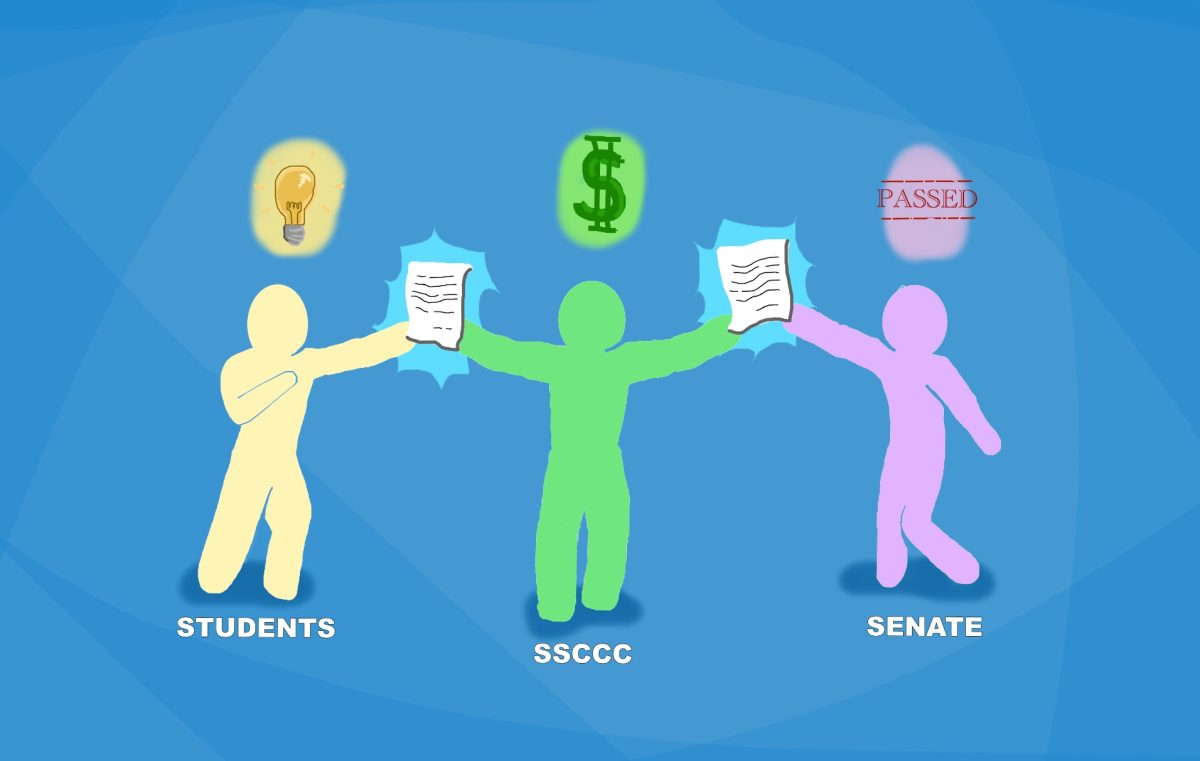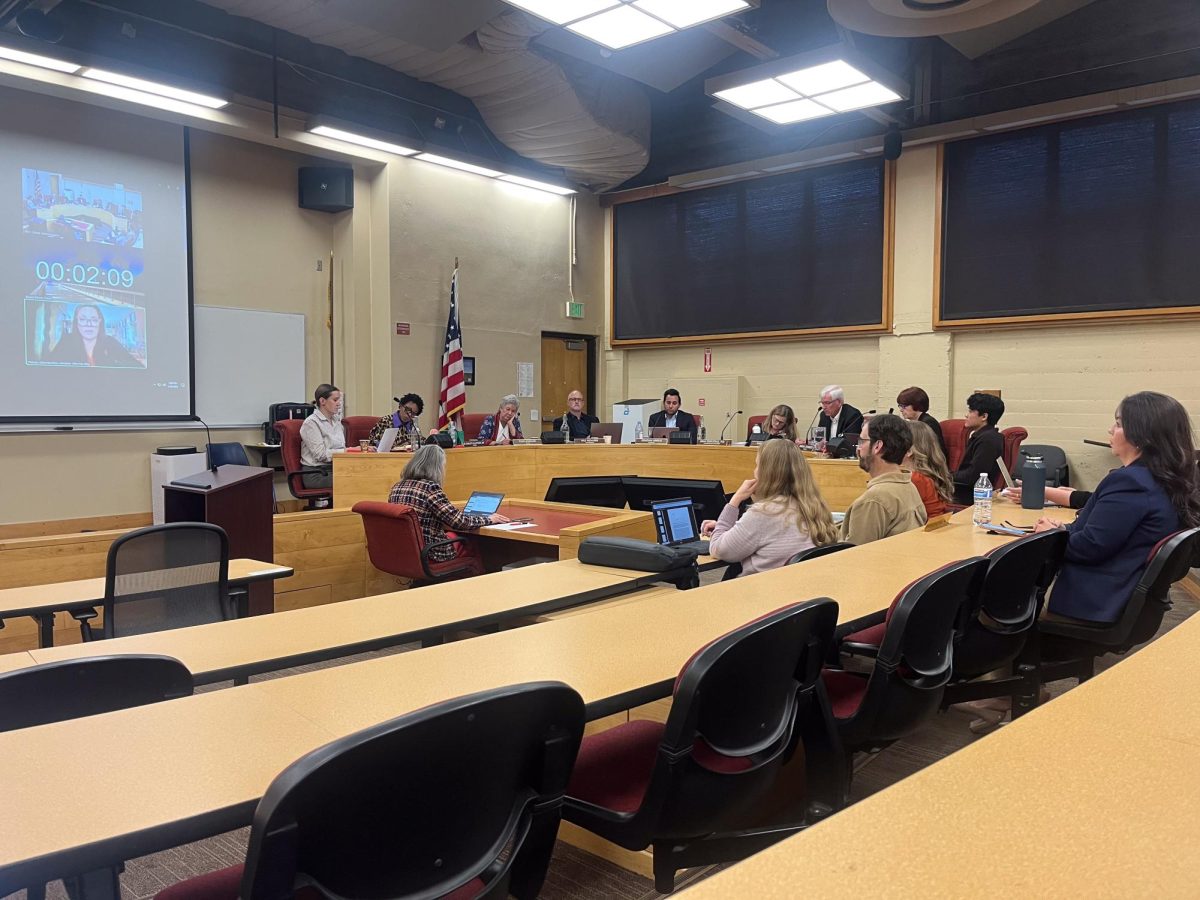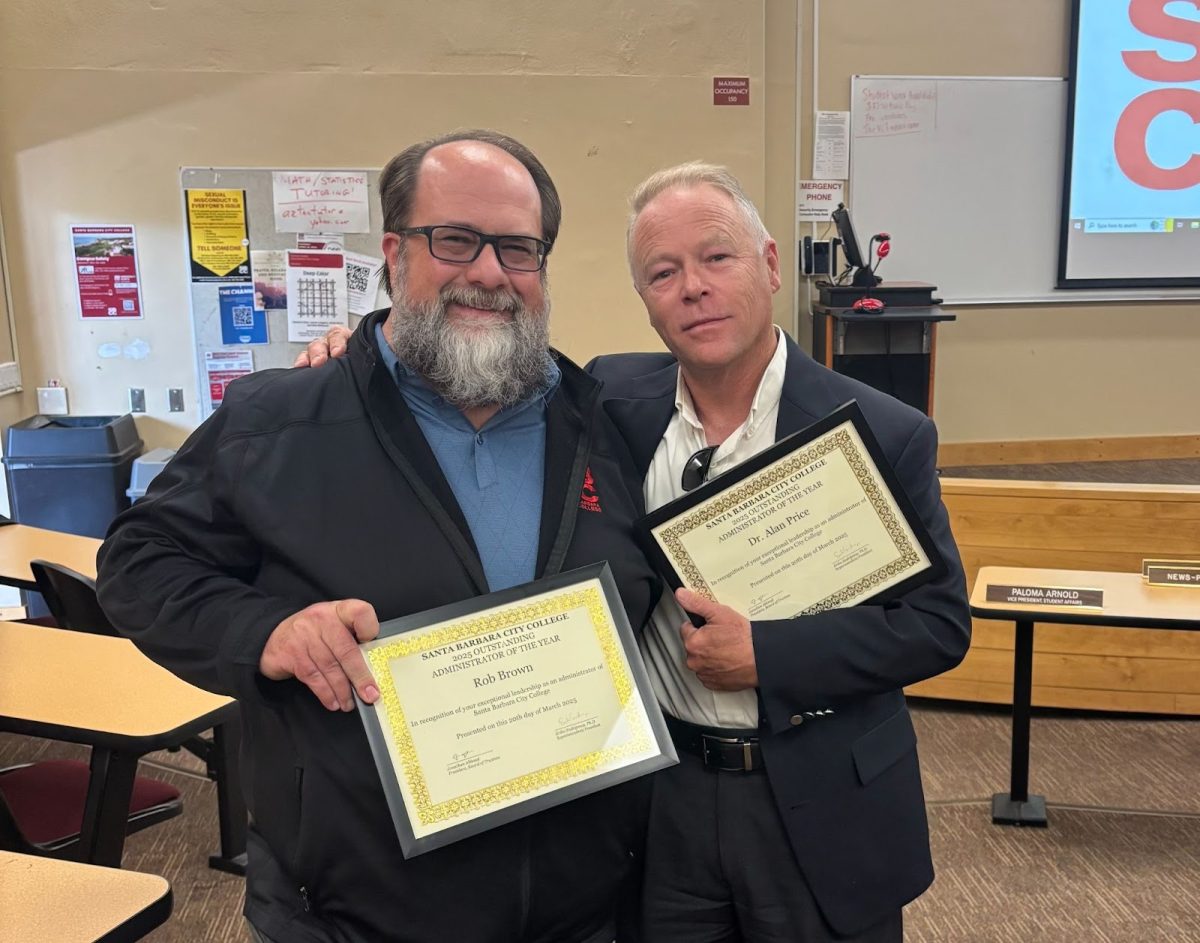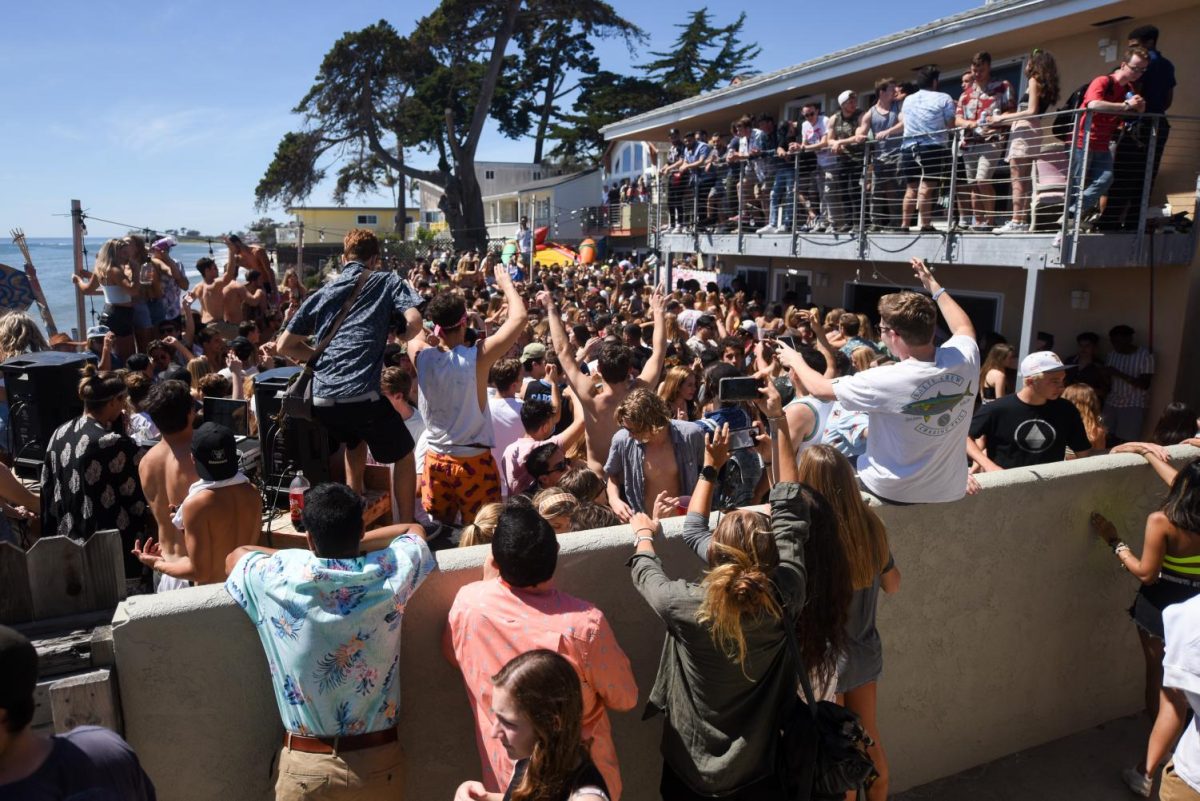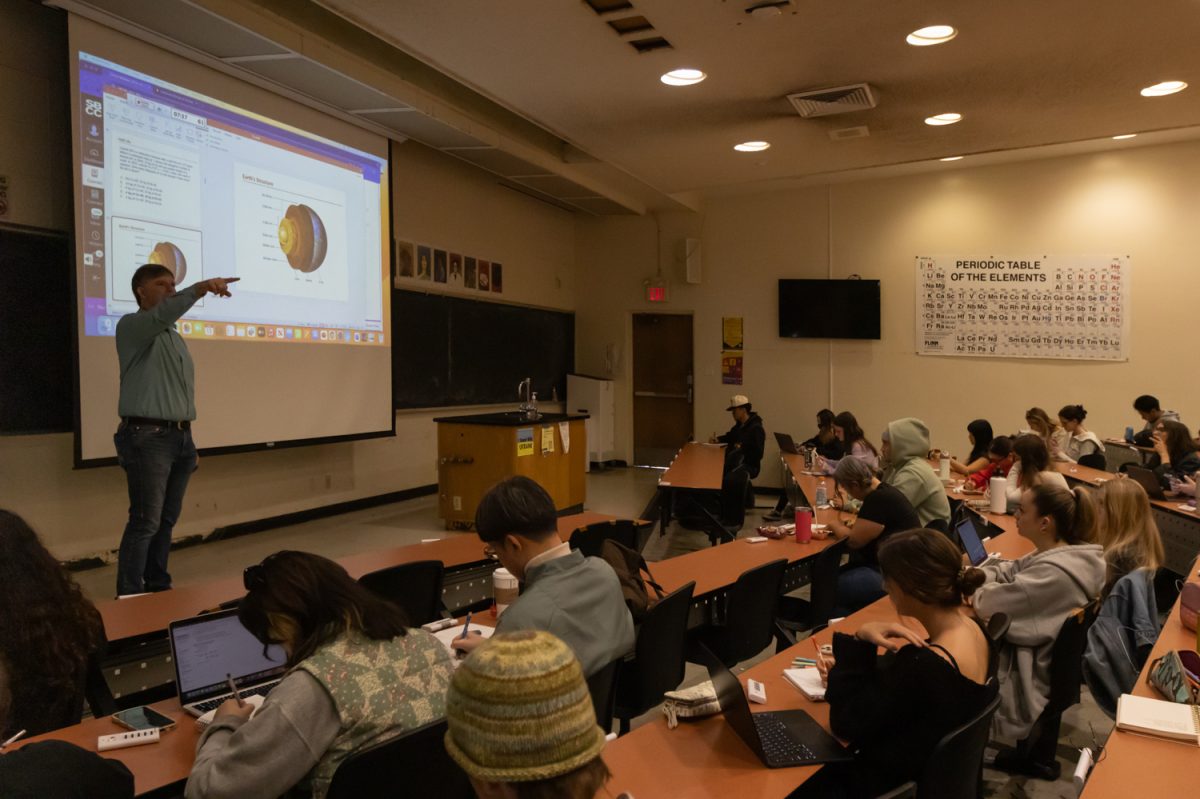The Student Senate for California Community Colleges (SSCCC) is a nonprofit organization that spins a web of legislative communication between community college students all throughout the state of California.
The SSCCC’s purpose, according to the organization’s website, is to “improve student access and success while engaging and empowering local student leaders.”
One significant pillar of this empowerment is the SSCCC’s ability to monetarily support and advocate for grassroots, student-pitched resolutions, or ideas for tangible improvements within campus life.
What are resolutions?
SSCCC resolutions give students the opportunity to make suggestions to their school’s Student Senate about changes they would like to see on campus.
This year’s student resolutions in City College’s region six, which includes community colleges in Santa Barbara and Ventura counties, consisted of increasing menstrual product access, human trafficking awareness education, increased LGBTQ+ representation, needs-based parking permits on campus and mental health screenings for students.
Each of these respective resolutions were suggested by students within region six, and four of the five, omitting the resolution on mental health screenings, were accepted by the SSCCC.
The resolution process
When a student has an idea for a resolution they’d like to see on their campus, they have the opportunity to present it to their Student Senate board, and the group will vote on whether or not to present it to SSCCC.
If the idea is approved, members of the Student Senate will help the student draft the new resolution, and submit it to the SSCCC by the annual deadline, which typically falls some time in the beginning of spring semester. The deadline for resolutions in 2024 was Wednesday, Feb. 14.
It is then the responsibility of the group’s student delegate, who represents the entire board to the SSCCC, to take part in SSCCC’s General Assembly, an event where resolutions are voted on by delegates from all 116 California community colleges that are affiliated with the organization.
If the resolution passes after voting takes place, it will be adopted by the SSCCC, which will financially lobby and advocate in support of the resolution, in order for the California Senate to make it a state-wide bill for community colleges.
Representatives at City College
Bryan Wong, the vice president of external affairs on the Student Senate, is City College’s delegate, meaning he represents City College and their relationship with the SSCCC.
According to Wong, a “delegate assembly” takes place monthly for community college representatives within the same region to discuss different issues, and how their individual schools are dealing with them.
“You can come to our ASG meeting and make a public comment,” Wong said, explaining the resolution process. “If the board deems it worthy [to make] it a resolution, they make a process of writing the resolution, then bring it to the SSCCC.”
Elena Fuentes, the student advocate on the Student Senate is the communications officer on region six’s board. Similar to Wong’s role, she coordinates communications between community college representatives in the region during regional board meetings.
“Our job as students is to advocate, and connect with our representatives to let them know student issues,” Fuentes said. “It’s not our responsibility as students to solve our own problems, it’s just our responsibility to use our voices.”
Fuentes attended the SSCCC General Assembly this spring, to watch the process of resolution voting within the convention.
Fuentes added that this year’s general assembly hosted around 600 to 700 students, either representing their schools’ resolutions or simply to communicate with students from different regions in California.
“As much as I love the resolution process, [and] I love talking with my delegates, the real benefit of going to the General Assembly is getting a rare opportunity to talk to somebody who is a community college student who is not from your college,” Fuentes said.
According to Fuentes, the SSCCC is required to exist by law, in order to be a check and balance for the state’s legislative process regarding community colleges. The nonprofit exists solely to give a voice to students that, otherwise, wouldn’t have one.
“It wasn’t as effective as it used to be in the past,” Fuentes said regarding the SSCCC. “But as more students are figuring out about it, and participating, I think it’s getting better because there is a student voice behind every initiative – that’s only getting stronger, and stronger.”


